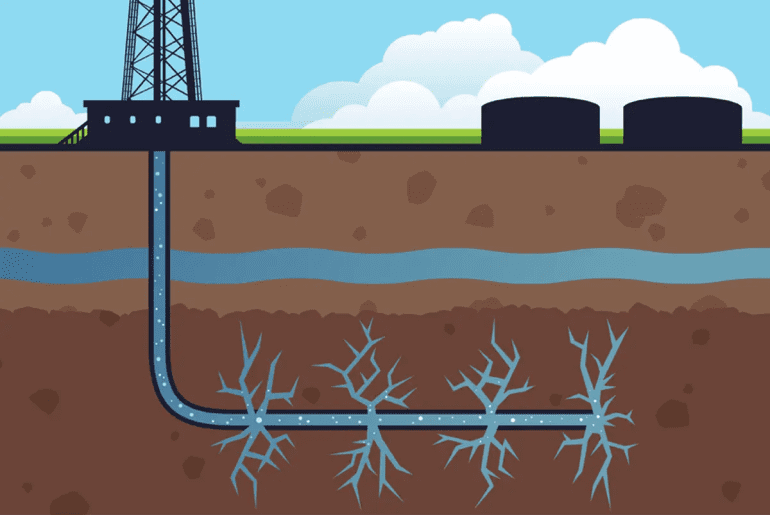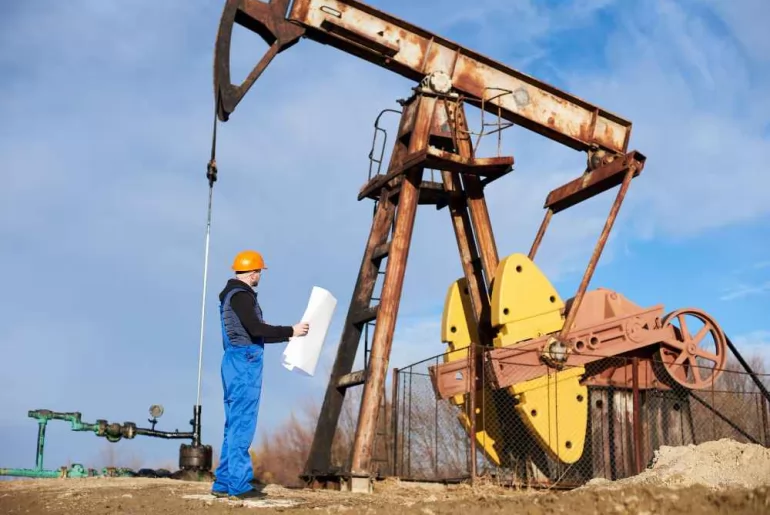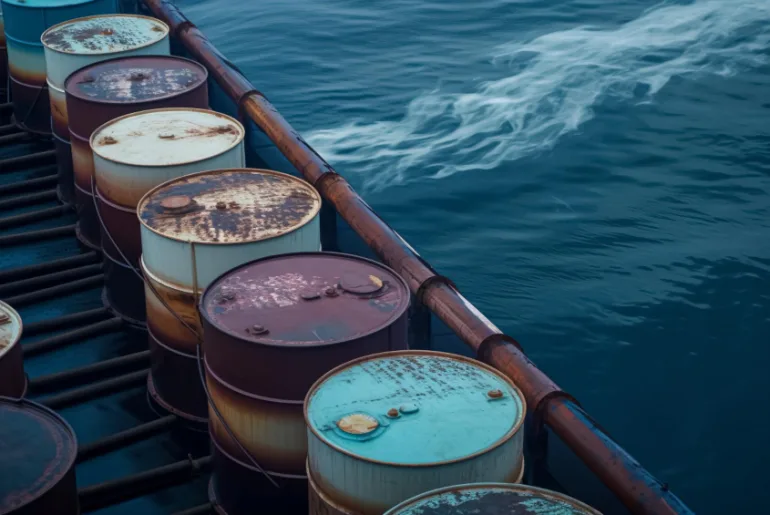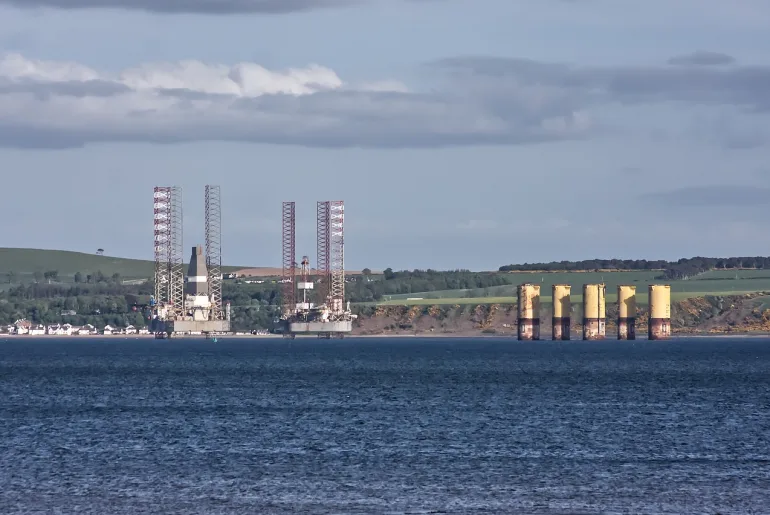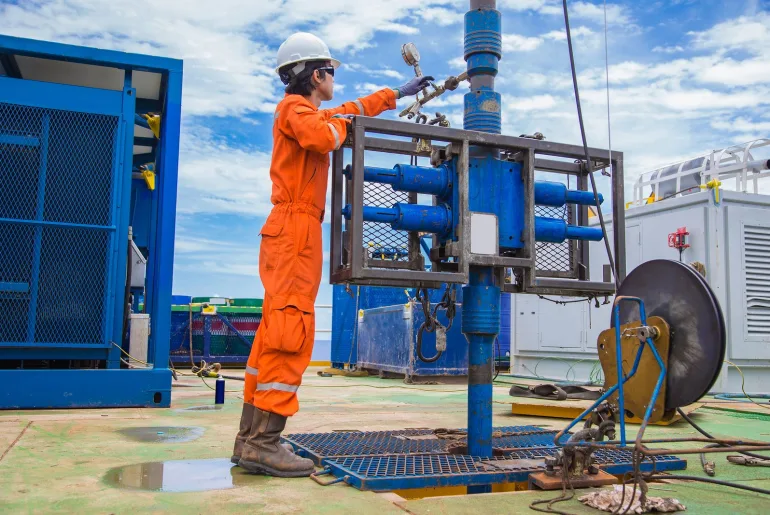Hydraulic fracturing is a process that involves injecting high-pressure fluid into rock formations deep below the Earth’s surface. The fluid creates fractures in the rock, allowing trapped hydrocarbons—such as oil and gas—to flow more freely to the production well. This…
The upstream process is the first step in finding and extracting oil and gas. It involves searching for reservoirs and drilling and completing wells. In this article, we will explore two of the upstream activities: well completion, including its procedures,…
Darcy’s law, a fundamental principle in fluid dynamics, has revolutionized our understanding of fluid flow through porous materials, like groundwater movement in aquifers. Developed by Henry Darcy, this law finds widespread applications in various fields, including petroleum engineering and environmental…
The oil and gas industry relies on well intervention as a vital component of the upstream process. Well intervention involves any activities necessary to boost well production and it provides major advantages as it directly affects production optimization, wellbore cleaning,…
Well completion is the final phase of preparing an oil or gas well for production. It involves various processes and techniques to enable the extraction of hydrocarbons from the reservoir. Activities include casing, cementing, perforation, installing tubing, and using technologies…

